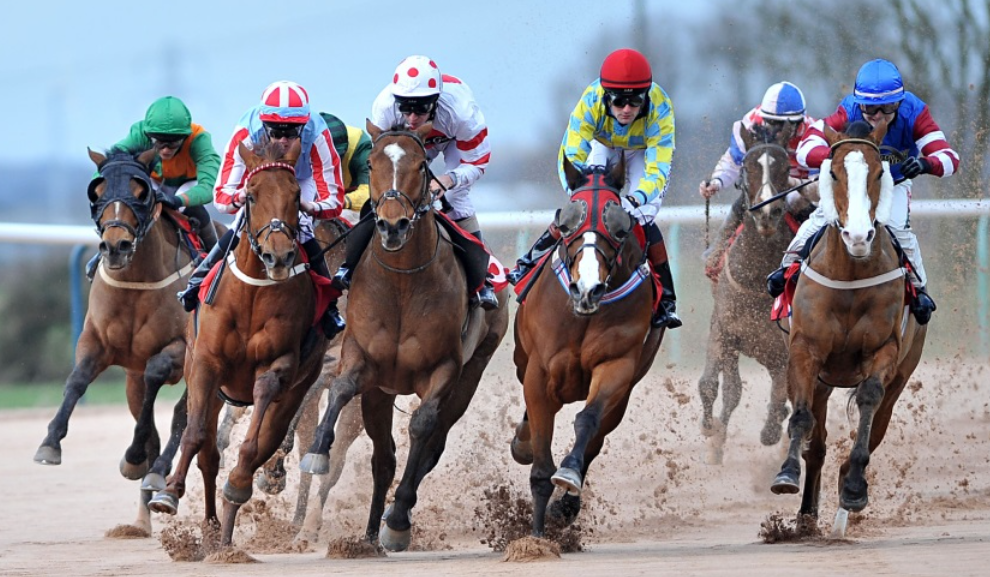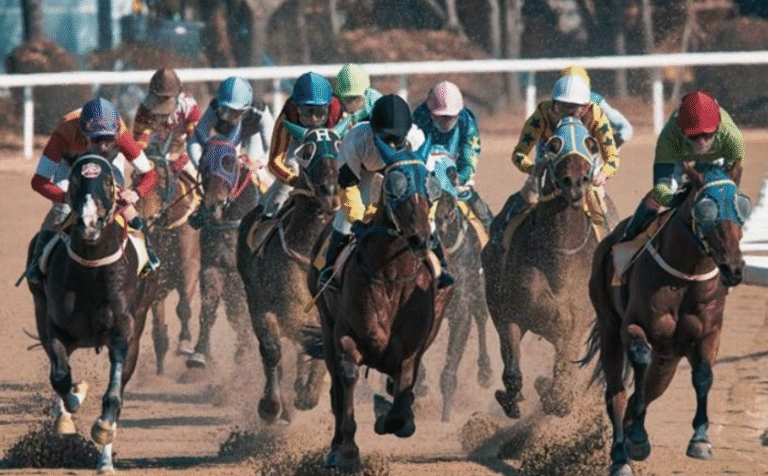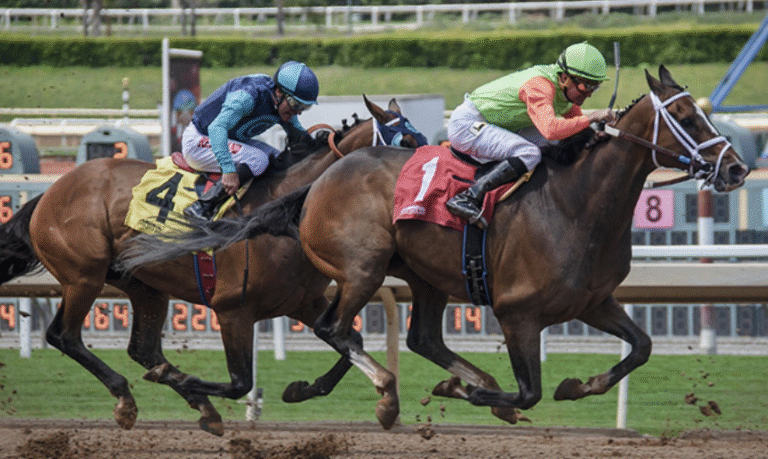The Impact of Weather on Horse Racing Performance
Weather significantly influences horse racing performance, affecting both equine athletes and their strategies. Variations in temperature and humidity can alter endurance levels, while track conditions impact speed and traction. Wind can either aid or hinder horses, depending on its direction. Understanding these elements is essential for trainers and jockeys. As they adapt their approaches, the question remains: how do these weather-related factors ultimately shape the outcomes of races?
Temperature and Humidity Effects on Performance
As temperature and humidity fluctuate, their impact on horse racing performance becomes increasingly evident.
Temperature extremes can lead to overheating, affecting a horse’s stamina and speed. High humidity levels exacerbate this, impairing respiratory function and overall endurance.
Understanding these environmental factors is crucial for trainers and jockeys, as they seek to optimize performance and ensure the well-being of their equine athletes amid challenging conditions.
See also: 10 Famous Horses That Made History in Horse Racing
Track Conditions: Wet vs. Dry Surfaces
While track conditions can significantly influence race outcomes, the contrast between wet and dry surfaces presents unique challenges and opportunities for both horses and jockeys. Effective track maintenance is crucial for optimizing surface traction, impacting performance. The following table illustrates the differences in race dynamics under varying track conditions:
| Condition | Surface Traction | Impact on Performance |
|---|---|---|
| Wet | Low | Slower speeds |
| Dry | High | Optimal speeds |
| Mixed | Variable | Inconsistent results |
| Maintained | High | Enhanced stability |
| Unmaintained | Low | Increased risk |
Wind and Its Influence on Race Outcomes
Wind plays a crucial role in shaping the dynamics of horse racing, often serving as an invisible adversary or ally for both equine athletes and their riders.
Wind resistance significantly influences speed and stamina, with aerodynamic factors determining how effectively horses can navigate the course.
Strong gusts may hinder performance, while favorable winds can propel them forward, impacting race outcomes considerably.
Adaptations by Jockeys and Trainers to Weather Changes
Adapting to the ever-changing weather conditions is essential for jockeys and trainers aiming to optimize their horses’ performance.
Effective jockey strategies often include modifying race tactics based on wind and temperature.
Simultaneously, trainers implement training adjustments, tailoring workouts to conditions, enhancing stamina and resilience.
These proactive measures enable horses to perform optimally, demonstrating the pivotal role of weather adaptation in competitive racing.
Conclusion
In the intricate dance of horse racing, weather serves as both a partner and a foe, dictating the rhythm of performance on the track. Temperature and humidity shape a horse’s endurance, while track conditions can either smooth the path or create obstacles. The winds of change compel trainers and jockeys to adapt, crafting strategies like masterful composers. Ultimately, understanding these meteorological influences is crucial for success, as they weave the fabric of each race’s unpredictable narrative.




